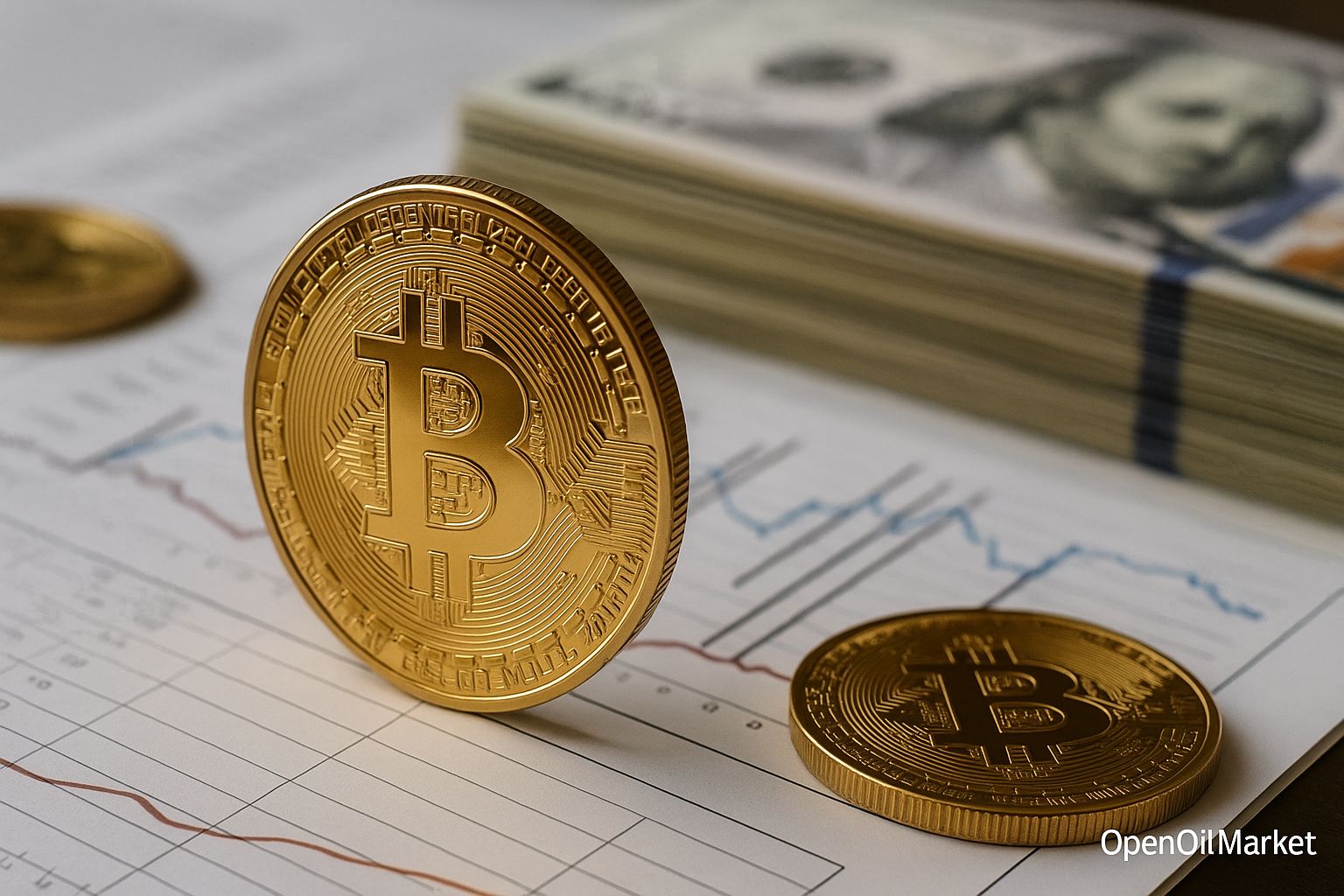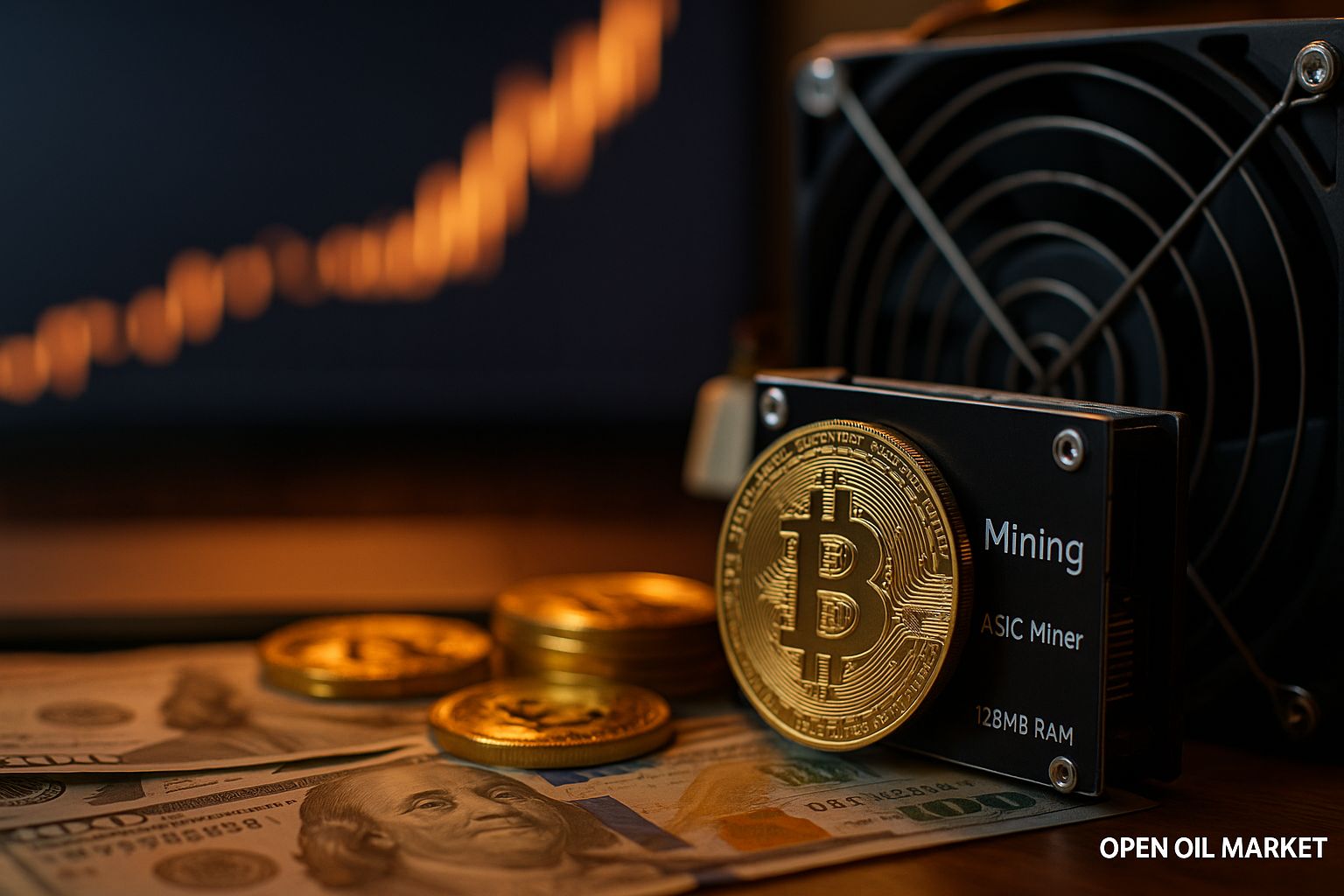But how can one go about this, and what are the nuances of investing in coins?
To answer these questions comprehensively, we turn to Sergey Tereshkin, founder of Oil Resource Group. With significant experience in investment, he is eager to share his insights with others. For information about his commercial activities, you can visit the website: Open Oil Market
Factors Influencing Coin Value
Coin values vary significantly, influenced by several factors:
- Condition: The better the quality and preservation of a coin, the higher its value. However, this applies mainly to commemorative and rare coins. Common currency in circulation typically does not hold much demand.
- Mintage: This is a primary factor affecting value. Rare coins are in the highest demand. However, a large mintage does not necessarily devalue an item. Historical precedents exist where coins were withdrawn from circulation for political or other reasons, leading to a significant price increase for the few remaining pieces.
- Metal: The raw materials used in coin production influence value. Thus, products made from precious metals generally command higher prices. Their value cannot fall below the price of the metal itself.
The presence of patina on the surface can also impact value. An ancient coin without patina may be worth significantly less than one with it.
Best Investment Options
The market offers a vast array of coins. Which ones should you invest in? To select the most appropriate investment items, Sergey Tereshkin recommends adhering to several guidelines:
- First and foremost, focus on items with low mintage or a small number of surviving pieces. Such coins consistently appreciate in value, sometimes seeing increases of up to 100% within a year.
- Avoid purchasing the first ancient coin that comes your way. Many believe that older items are inherently more valuable; however, this is a misconception. There are numerous instances where older coins do not appreciate at all. Items from the Soviet era often only hold value based on their weight.
- When choosing a coin, it’s crucial to study the market and compare the values of different items. Engaging with experienced specialists in numismatics is also advisable.
Investment coins, ancient coins, commemorative coins, and those with a mintage of fewer than 10,000 units are particularly in demand among entrepreneurs and collectors.
To make an informed decision, let's delve deeper into each type.
Investment Coins
Investment coins are specifically issued by banks and crafted from high-purity precious metals. The value of these items typically exceeds the metal price by at least 10%.
These coins are purchased for long-term capital investment. However, during significant market fluctuations, the price difference can diminish entirely, making them more of a means to preserve capital rather than grow it.
Ancient Coins
Ancient coins are highly sought after, but purchasing them requires knowledge of many nuances. For instance, two identical coins may differ vastly in price based on factors like the presence of patina, condition, and even luck.
Commemorative Coins
Investments can also be made in commemorative coins, which are produced to mark specific events and are released in limited editions. This limited mintage typically results in growing demand and increased prices over the years, with some coins appreciating dramatically within just a few years.
Where to Buy
An important consideration when acquiring coins is the location of the purchase. Commemorative products should be bought directly from banks immediately after their release to avoid potential scams. Purchasing from classifieds is not advisable, especially if there is uncertainty about the seller's integrity. This could lead to acquiring a quality counterfeit, worth no more than the metal of which it is made.
For antique coins and others, specialized auctions are the recommended purchasing venue. This choice protects both parties from deception. If necessary, you can request a professional collector's assessment of an item, although this often involves additional costs, which are only justified for purchasing high-value products. Otherwise, the expenses may be unreasonably high.
Additionally, studying online photographs of coins can provide insights into how an item genuinely looks.
It’s crucial to recognize that modern technology allows for the production of items that are exceedingly difficult to distinguish from originals. Skilled counterfeiters are even mimicking surface scratches.
When selecting a coin, it is essential to confirm the item’s weight, mintage, condition, and other parameters. Comparing the prices of similar items in various conditions is also advisable. This entails investigating not only current offers but also those from several years prior.
At auctions, pay close attention to the presence of bids. An investment-worthy item is unlikely to be overlooked. The seller’s rating is also of paramount importance.
Coins should be purchased during challenging economic times, both domestically and globally, when many owners are offloading assets due to financial constraints. This scenario permits the acquisition of genuinely valuable items at significant discounts, which can later be sold at much higher prices, allowing substantial gains.
Demand for coins will always exist, as the number of collectors worldwide continues to grow. The key is to approach investment wisely.
Source



